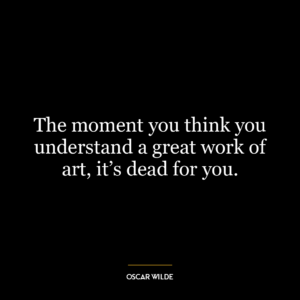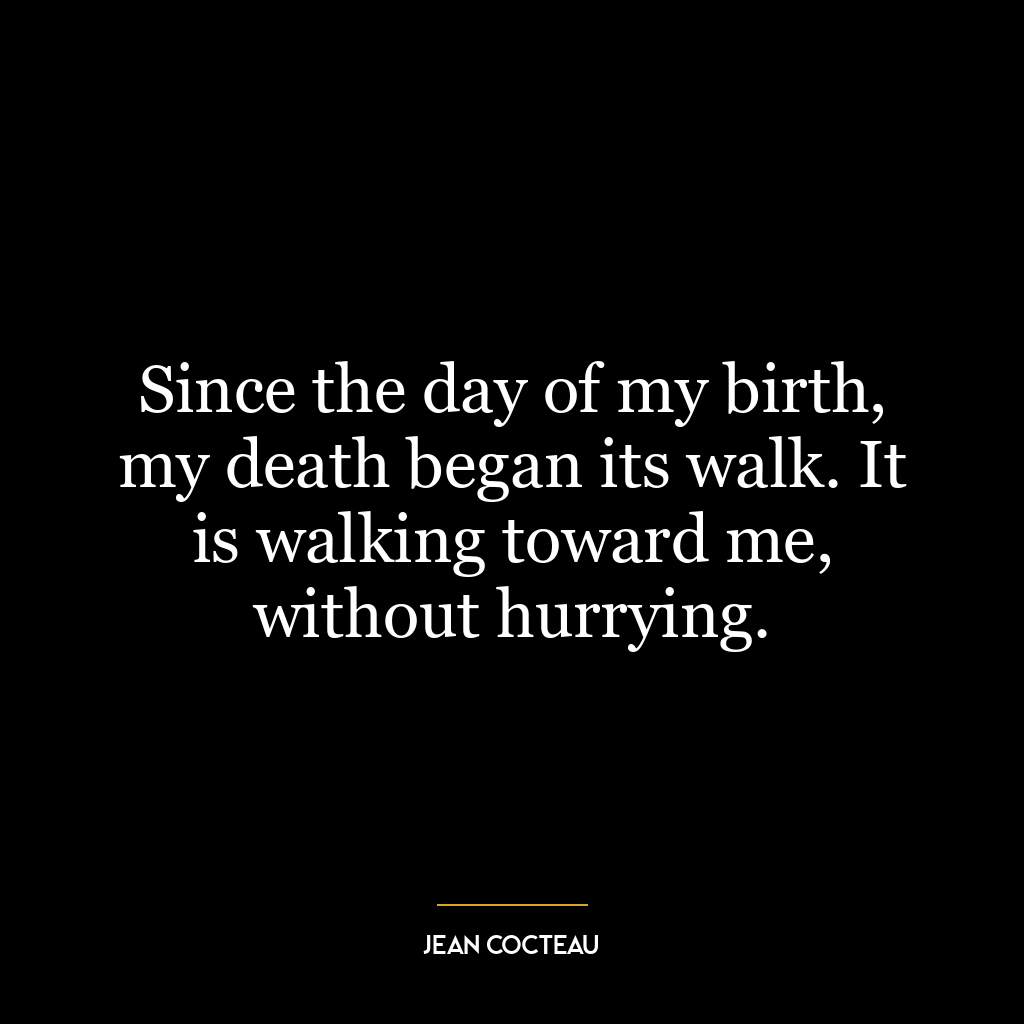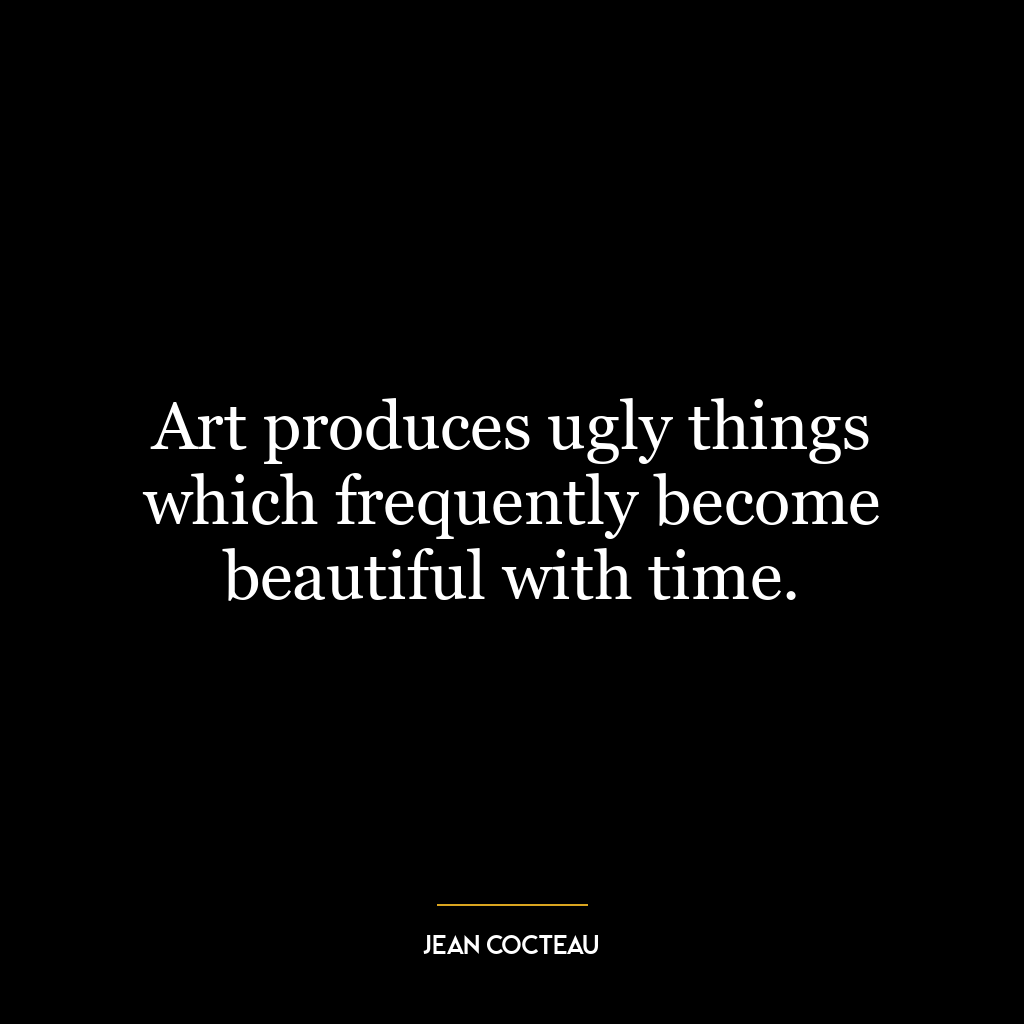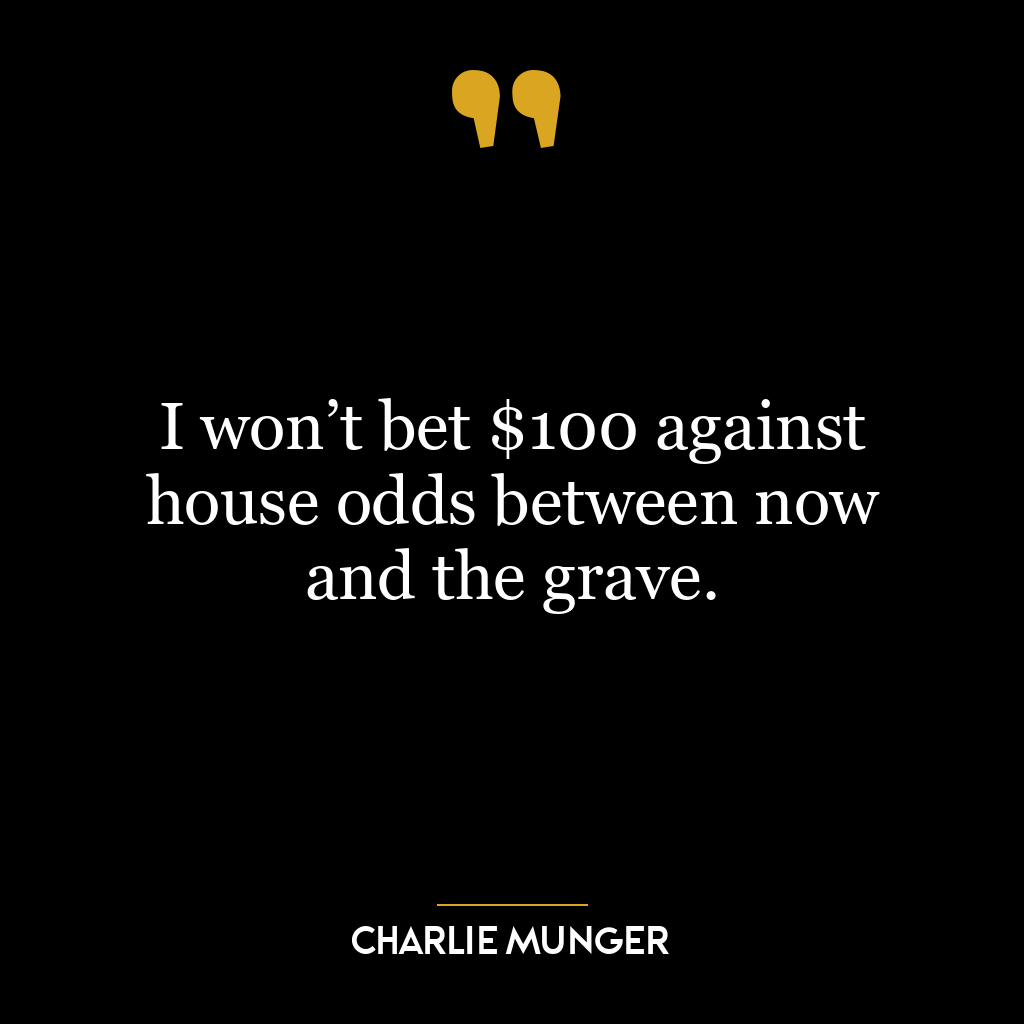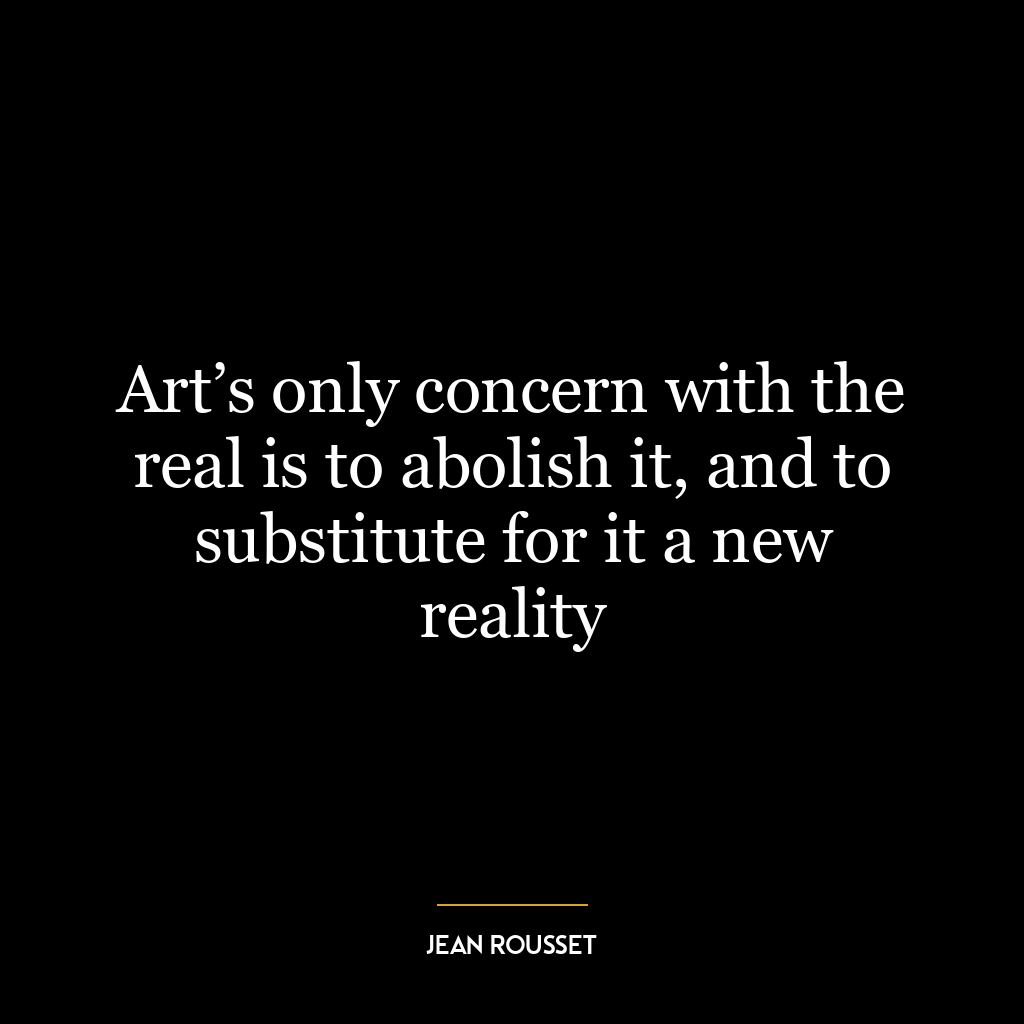For he who lives more lives than one more deaths than one must die.
This quote delves into the concept of evolution and transformation in a person’s life. It suggests that a person who experiences multiple phases, stages, or versions of life also experiences multiple endings or “deaths” of their former selves. Each new life could represent a significant change or turning point, such as a career shift, a change in personal beliefs, or overcoming a personal struggle. Each “death” is the ending of an old way of being, making way for the new.
The concept of dying here is symbolic, representing the end of a phase or a version of oneself. It’s not a physical death, but rather a metaphorical one. It’s about letting go of who you were to become who you can be, which requires a certain level of courage, resilience, and acceptance.
In today’s world, this idea is highly relevant. We live in a fast-paced world where change is constant and inevitable. We are always evolving, learning, and growing. We may go through several career changes, shifts in personal beliefs, or major life events that significantly alter our perspective and way of life. Each of these changes is a new life and an opportunity for growth and transformation.
In terms of personal development, this quote can be seen as a reminder of the importance of adaptability and resilience. To live multiple lives, one must be willing to embrace change, even when it means letting go of familiar aspects of oneself. Each “death” is a chance to learn, grow, and evolve. It’s about understanding that personal growth often involves leaving behind old ways of thinking and being, which can be a painful process. However, it’s through these metaphorical deaths that we can truly live and experience life in its fullest sense.




